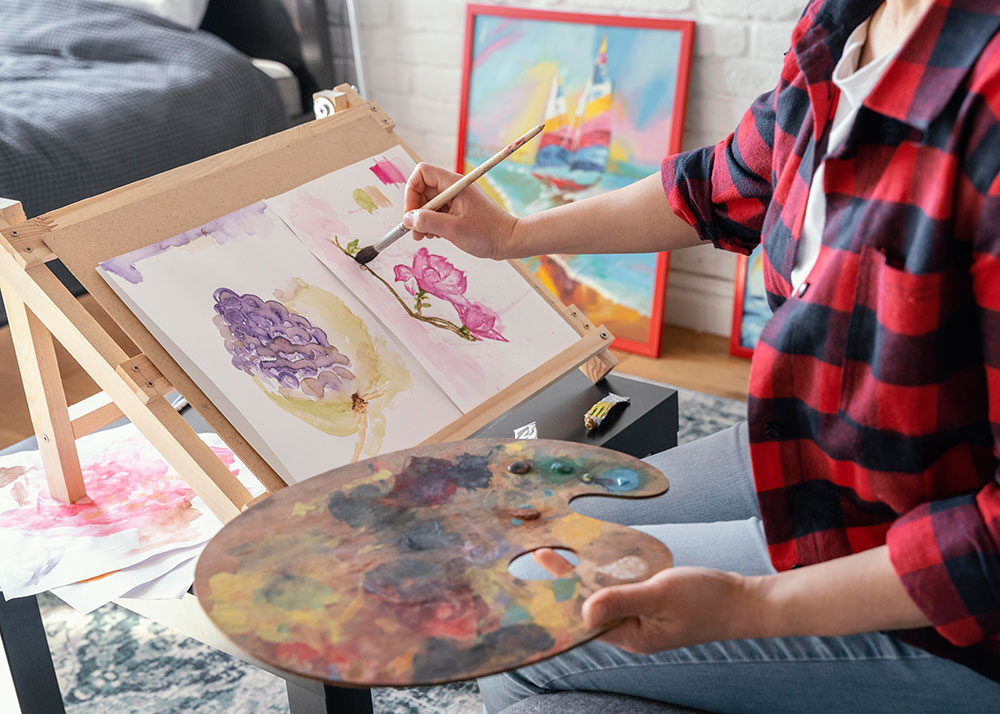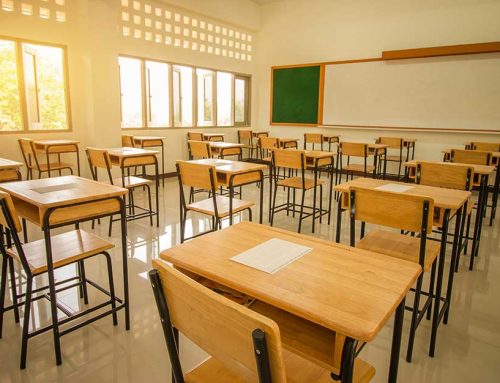Art demands an obligatory and respectful place in the schools. Art makes students aware about people, places, and cultures and develops their ability to think critically and invites them to explore abstract ideas. Pedagogy and art have two distinct strands. One is to do with transforming practices related to the teaching of art and the other is to do with integrating creative impulse within mainstream pedagogic practices. These strands are connected at some significant points. To understand the nexus between pedagogy and art, it is imperative to know, when does a child discover the ability to make art?
Why is art important and why should we teach art? What role does critical pedagogy play in teaching art? Art begins when a learner starts to skim stones on the calm surfaces of water bodies and relishes the formation of patterns. Learner’s anxiety multiplies when he/she advances with every throw and invites his/her friends to contest the skimming of stones. If art exposes itself before time, it becomes our duty to enhance it, as the development of artistic ability widens the plethora of other experiences devoid of which human existence seems worthless.
A critical pedagogical art class welcomes all thoughts and tries to polish them to reach a meaningful solution. A creative critical pedagogue works with the students within the historical and political context to reach a solution. Art facilitator need to engrave in their minds that, students live in a historical situation, in a social, political and economic movement. Those things have to be part of what we teach. To remind the students of the historical and the social aspects is what links them to the happenings in the world and encourages them to think about the possibility of change. Critical pedagogy students and teachers work together in critical partnership, or simply students learn from teachers and teachers learn from the students.
Art education is a realm of thought within which practice exists that concerns what, why and how we come to know about visual culture. It is the intersection of the fields of art and education and it shapes how people including artists, think about art. Once combined together, art and critical pedagogy create spaces where students engage with the artwork and in so doing unlearn the learnt previously. In turn, numerous pedagogical ideas rise and if nursed properly, a new thought and understanding gains momentum. A favorable ambiance where students can engage within the circumstantial and contingent conditions of the world and that is when the purpose of art education fulfills.






Leave A Comment